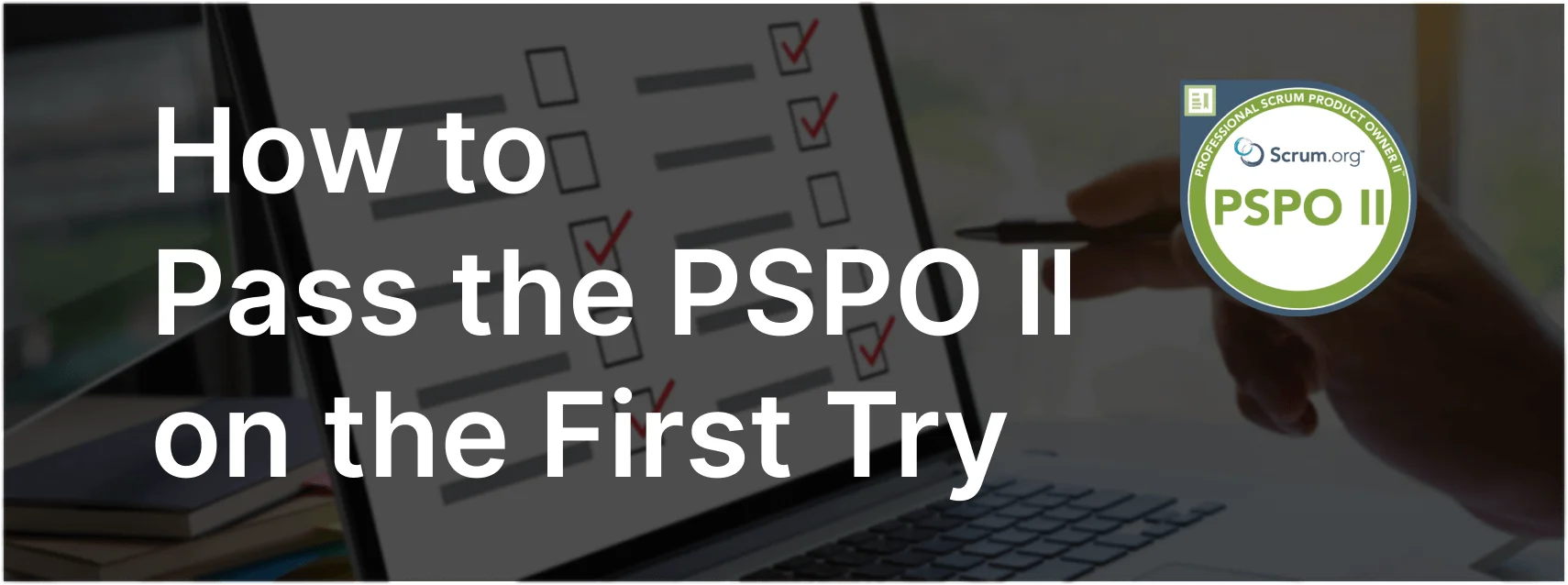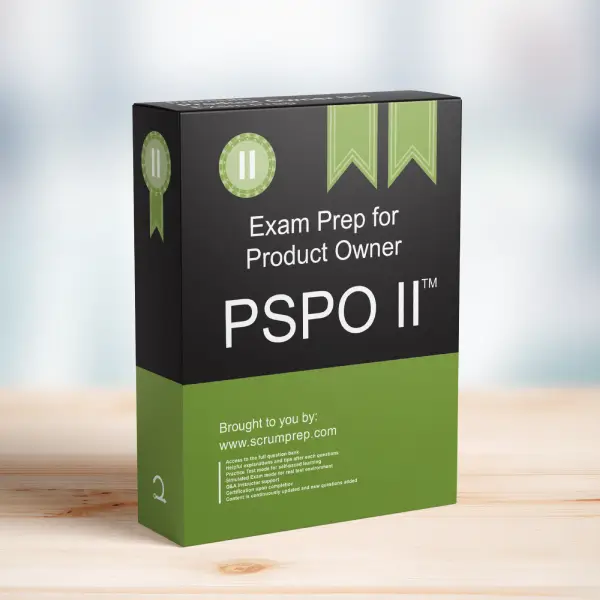Improving Time-to-Market for Competitive Advantage
Facing competition is an inevitable part of any business, and how you respond can significantly impact your product’s success. This article discusses the best initial step to take when your competitor has a higher customer satisfaction rate and faster release cycle.
Exam Question
Your product’s nearest competitor has lower market share, but has higher customer satisfaction, though they lack some key features of your product. You are losing market share to them as customers discover them. They are able to release 3 times faster than you, which is helping them to win customers. What should you do first in response?
(choose the best answer)
A. Add features to your next release that you think will retain and win customers.
B. Lower your product’s price to make it more attractive to new and existing customers.
C. Improve your time-to-market and rate of innovation to improve your responsiveness.
D. Find new markets for your product that your competitor is not yet in.
Correct Answer
C. Improve your time-to-market and rate of innovation to improve your responsiveness.
Explanation
Correct Answer
C. Improve your time-to-market and rate of innovation to improve your responsiveness:
Improving your time-to-market and rate of innovation will allow you to respond more quickly to customer needs and market changes. By accelerating your release cycle, you can match or exceed your competitor’s ability to deliver new features and improvements, thereby enhancing customer satisfaction and retaining market share.
Incorrect Answers
A. Add features to your next release that you think will retain and win customers:
While adding features can be beneficial, it is not the most immediate step to counter a competitor’s faster release cycle. Without improving your time-to-market, your efforts to add features may still fall short if your competitor continues to release updates more rapidly.
B. Lower your product’s price to make it more attractive to new and existing customers:
Lowering the price might attract some customers, but it does not address the underlying issue of responsiveness and innovation. Price adjustments should be considered only if they align with a broader strategy that includes improving your product’s competitive features and release cycle.
D. Find new markets for your product that your competitor is not yet in:
Exploring new markets can be a long-term strategy, but it does not solve the immediate issue of losing market share due to slower release cycles and lower customer satisfaction compared to your competitor.
Responsibilities in Scrum
- Product Owner: Responsible for ensuring the product delivers maximum value. This includes making strategic decisions such as improving time-to-market and innovation rates to stay competitive.
- Scrum Master: Facilitates the process improvements necessary to accelerate the team’s delivery capabilities and removes impediments that slow down the release cycle.
- Developers: Collaborate to implement changes that enhance the product’s responsiveness and quality, contributing to faster and more efficient releases.
Relevance to the PSPO II Exam
Understanding how to respond strategically to competitive threats is crucial for the PSPO II exam. This knowledge demonstrates a Product Owner’s ability to make informed decisions that enhance the product’s market position and overall value.
Key Takeaways
- Improving time-to-market and innovation rate is crucial for maintaining competitiveness.
- Strategic improvements in responsiveness can lead to better customer satisfaction and retention.
- The Product Owner plays a key role in prioritizing and implementing changes that enhance the product’s market position.
Conclusion
In a competitive market, the ability to respond quickly to customer needs and market changes is vital. By improving your time-to-market and rate of innovation, you can enhance your product’s responsiveness, retain existing customers, and attract new ones. For more information on preparing for the PSPO II exam, visit our PSPO II Exam Prep.


